BIO2101 - Exam1
1/158
There's no tags or description
Looks like no tags are added yet.
Name | Mastery | Learn | Test | Matching | Spaced |
|---|
No study sessions yet.
159 Terms
Dorsal
toward the back
Ventral
Toward the belly
Posterior
toward the back
Anterior
toward the front
Superior
toward the head
Inferior
away from the head
Medial
Toward the midline of the body
Lateral
Away from the midline of the body
Proximal
Closer to the origin of the body part or the point of attachment of a limb to the body trunk
Distal
farther from the origin of a body part or the point of attachment of a limb to the body trunk
Cranial
toward the head
Caudal
toward the tail
Superficial
On top of/enveloping
Deep
Further inside/beneath
Profundus
"Deep"
External
located on or near the outside of the body or an organ, or that is away from the center of a cavity or organ
Internal
located on or near the inside of the body or an organ, or that is toward the center of a cavity or organ
median plane
divides the body into left and right halves, same as Sagittal/Midsagittal planes
midsagittal plane
divides the body into EQUAL left and right halves, same as Median/Sagittal planes
sagittal plane
divides body into left and right, same as Midsagittal/Median plane
parasagittal plane
divides the body into UNEQUAL left and right halves, same as Median/Sagittal planes
coronal plane
divides body into front and back halves
transverse plane
line that divides the body into upper and lower halves
The saggital plane would slide along which axis in blender?
X Axis
The transverse plane would slide along which axis in blender?
Z axis
The coronal plane would slide along which axis in blender?
Y axis
ventral cavity (location)
anterior aspect of the trunk
thoracic cavity (location)
superior to the diaphragm
abdominal cavity (location)
Superior to pelvic cavity and inferior to thoracic cavity
pelvic cavity (location)
enclosed by pelvic bones
dorsal cavity (location)
located along the back of the body and head
spinal cavity (location)
Within the dorsal body cavity
cranial cavity (location)
within the skull
ventral cavity (contents, list at least 5)
The ventral cavity contains the heart, lungs, trachea, esophagus, stomach, liver, pancreas, gall bladder, spleen, kidneys, small and large intestines, ureters, and reproductive organs.
thoracic cavity (contents, 5 total)
lungs, heart, esophagus, trachea, and thymus gland
abdominal cavity (contents, at least 5)
stomach, intestines, liver, gallbladder, pancreas, spleen, kidneys, and adrenal glands
pelvic cavity (contents, 5 total)
the urinary bladder, rectum, uterus, uterine tubes, and ovaries
dorsal cavity (contents)
cranial cavity and vertebral cavity (brain and spine)
spinal cavity (contents)
spinal cord and medulla oblongata
cranial cavity (contents)
brain
Describe the phases of the cell cycle.
G0, resting; G1, presynthesis preparation; S, DNA synthesis; G2, RNA production; and M, mitosis
parfocal
Property of microscope which allows objectives to be changed without having to refocus
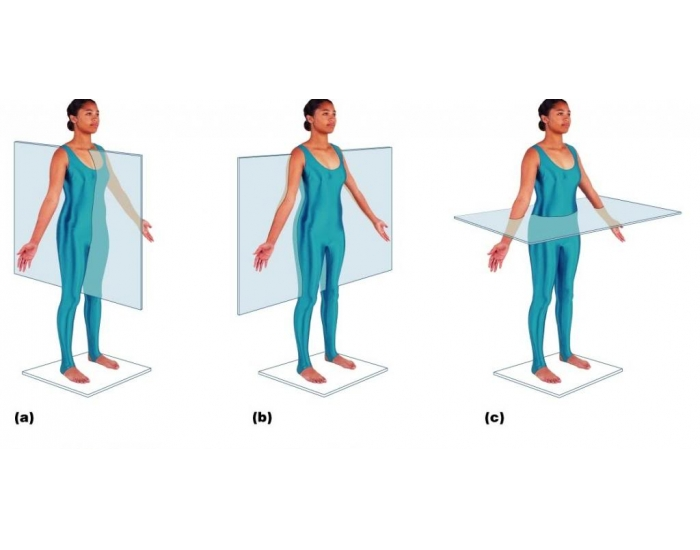
Which plane is A?
Sagittal Plane
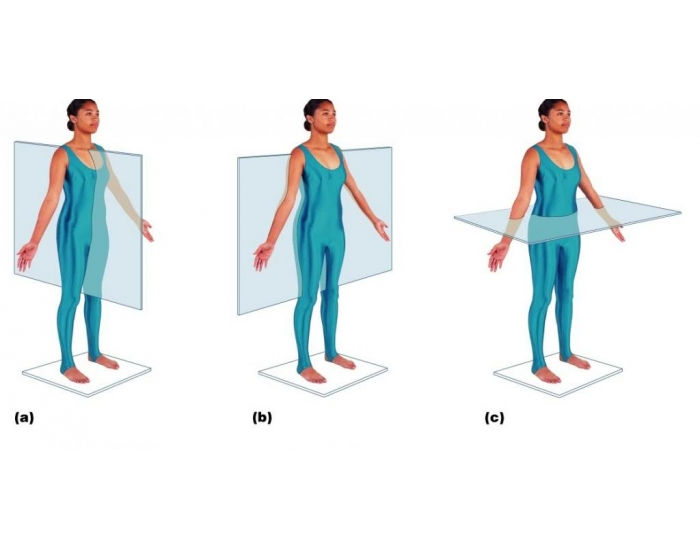
Which plane is B?
Coronal Plane

Which plane is C?
Transverse Plane
Field of View
The area visible through the microscope eyepiece
The eyes are __ to the mouth.
superior and lateral
The urinary bladder is __ to the heart.
inferior
The sternum is __ to the spine.
anterior
The kidneys are __ to the intestines.
posterior
The nose is __ to the ears.
medial
The thumbs are __ to the pinky fingers in anatomical position.
lateral
The elbow is __ to the wrist.
proximal
The fingers are __ to the shoulder.
distal
The skin is __ to the skeletal muscles.
superficial
The heart is __ to the rib cage.
deep
The chin is __ to the forehead.
inferior
The spine is __ to the breastbone.
posterior
The lungs are __ to the skin.
deep
The ankle is __ to the knee.
distal
The shoulder is __ to the hand.
proximal
The big toe is __ to the little toe.
medial
The ears are __ to the nose.
lateral
The forehead is __ to the chin.
superior
The navel is __ to the spine.
anterior
The muscles are __ to the bones.
superficial
Tarsal
ankle region
Otic
pertaining to the ear
Antecubital
front (anterior) of elbow
Sternal
breastbone area
Cervical
neck region
Femoral
thigh area
Inguinal
groin area
Popliteal
back (posterior) of knee
Mental
pertaining to the chin
Cephalic
pertaining to the head
Hallux
Pertaining to the big toe
Pedal
pertaining to the foot
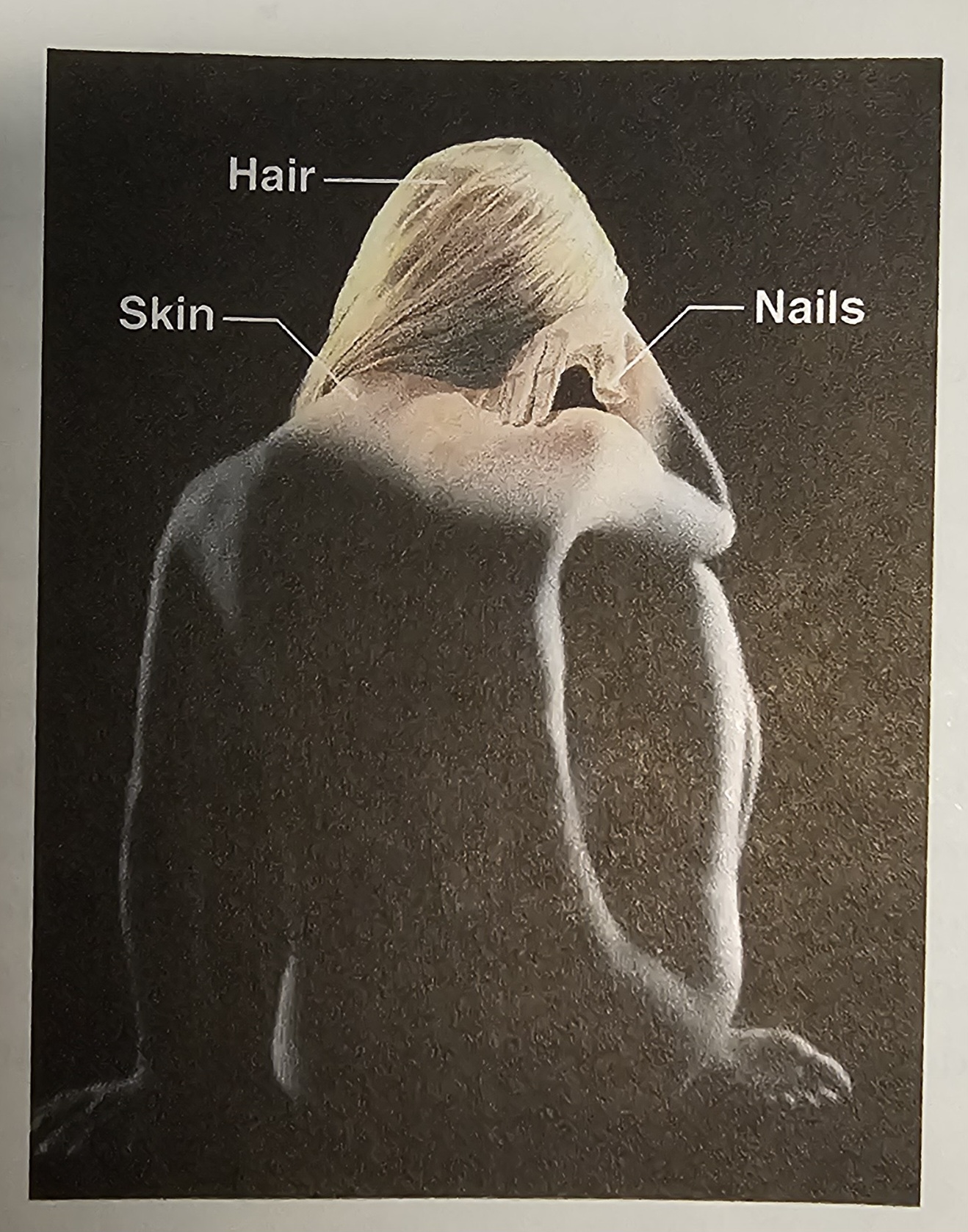
Which system is this?
Integumentary System
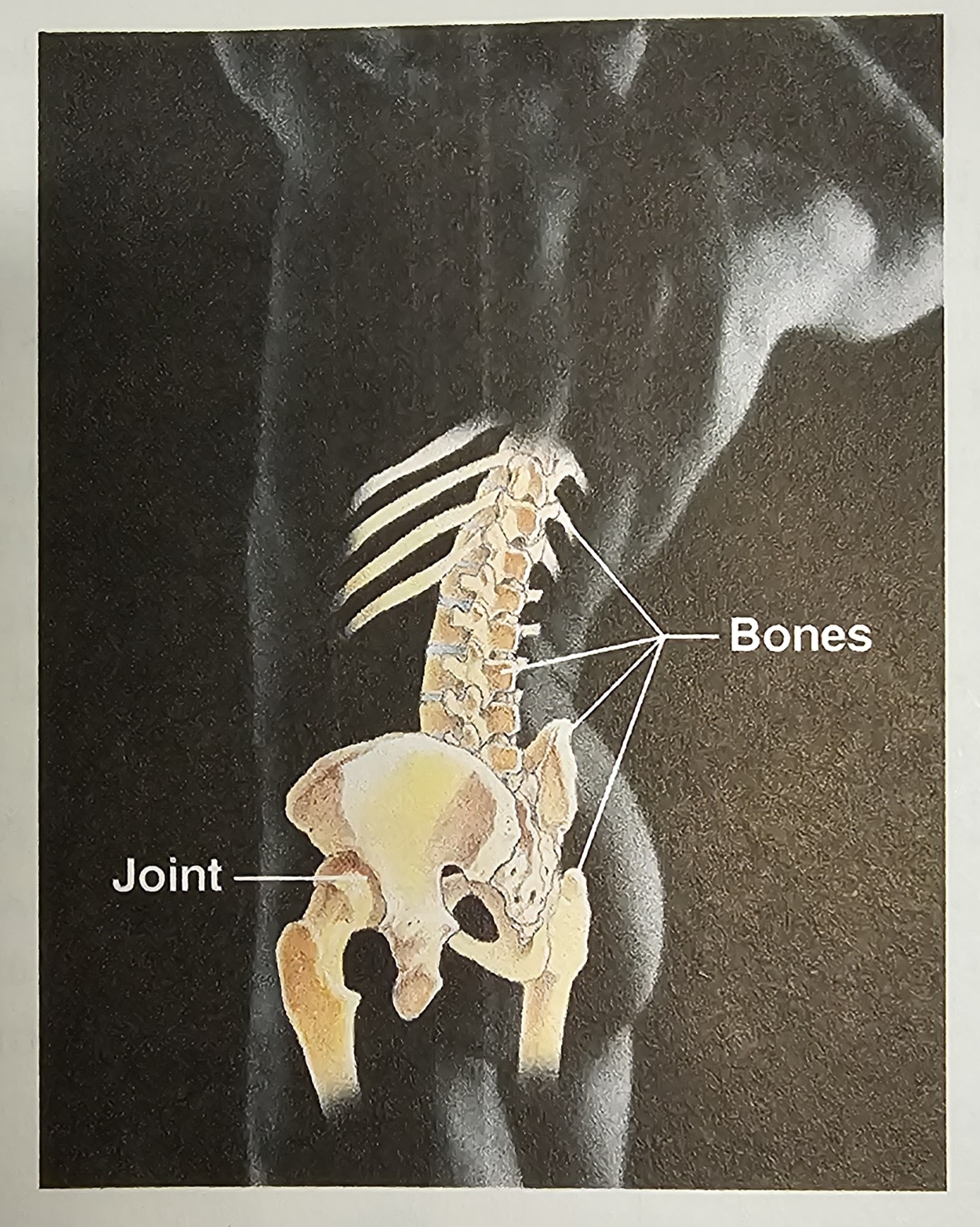
Which system is this?
Skeletal System
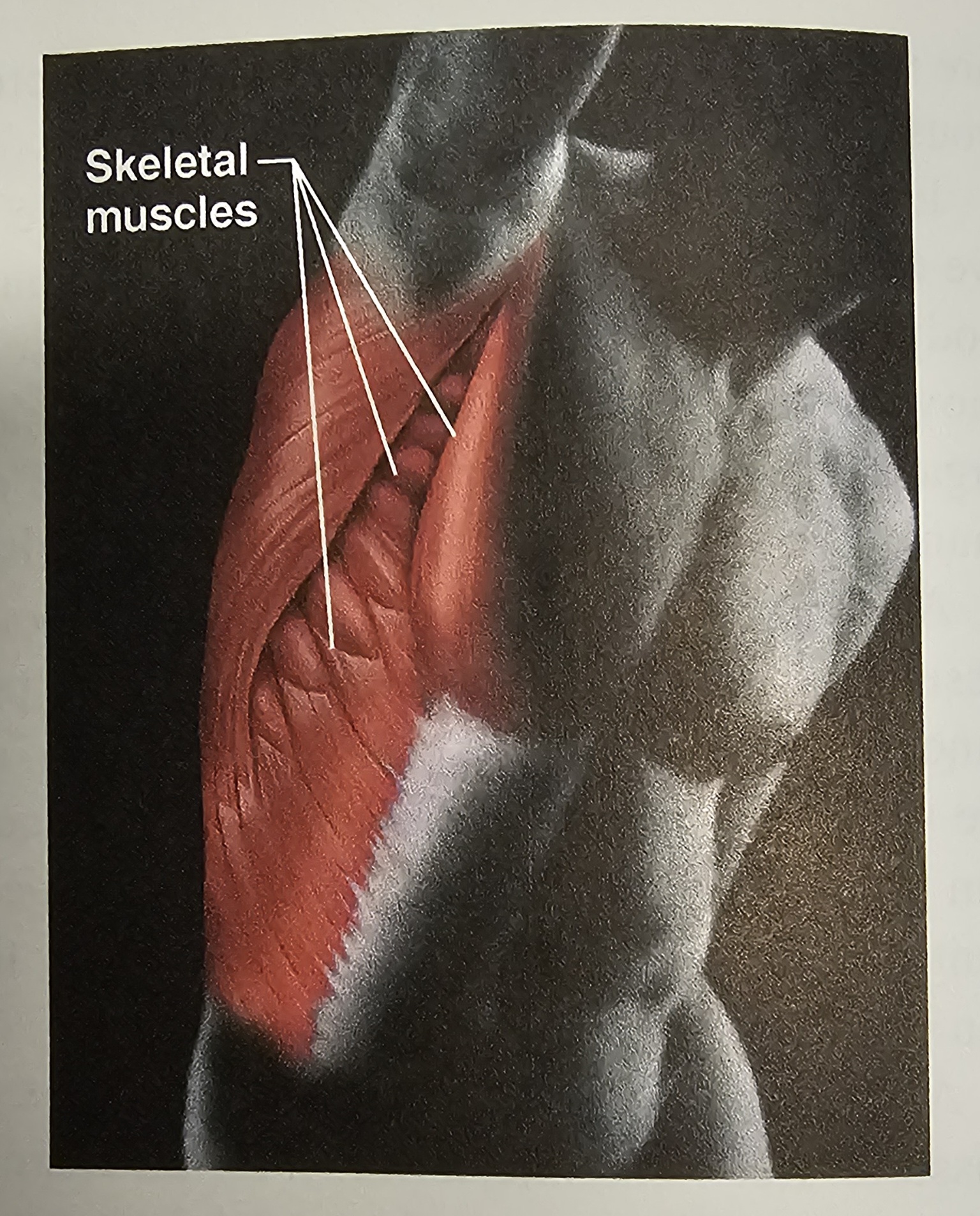
Which system is this?
Muscular System

Which system is this?
Nervous System
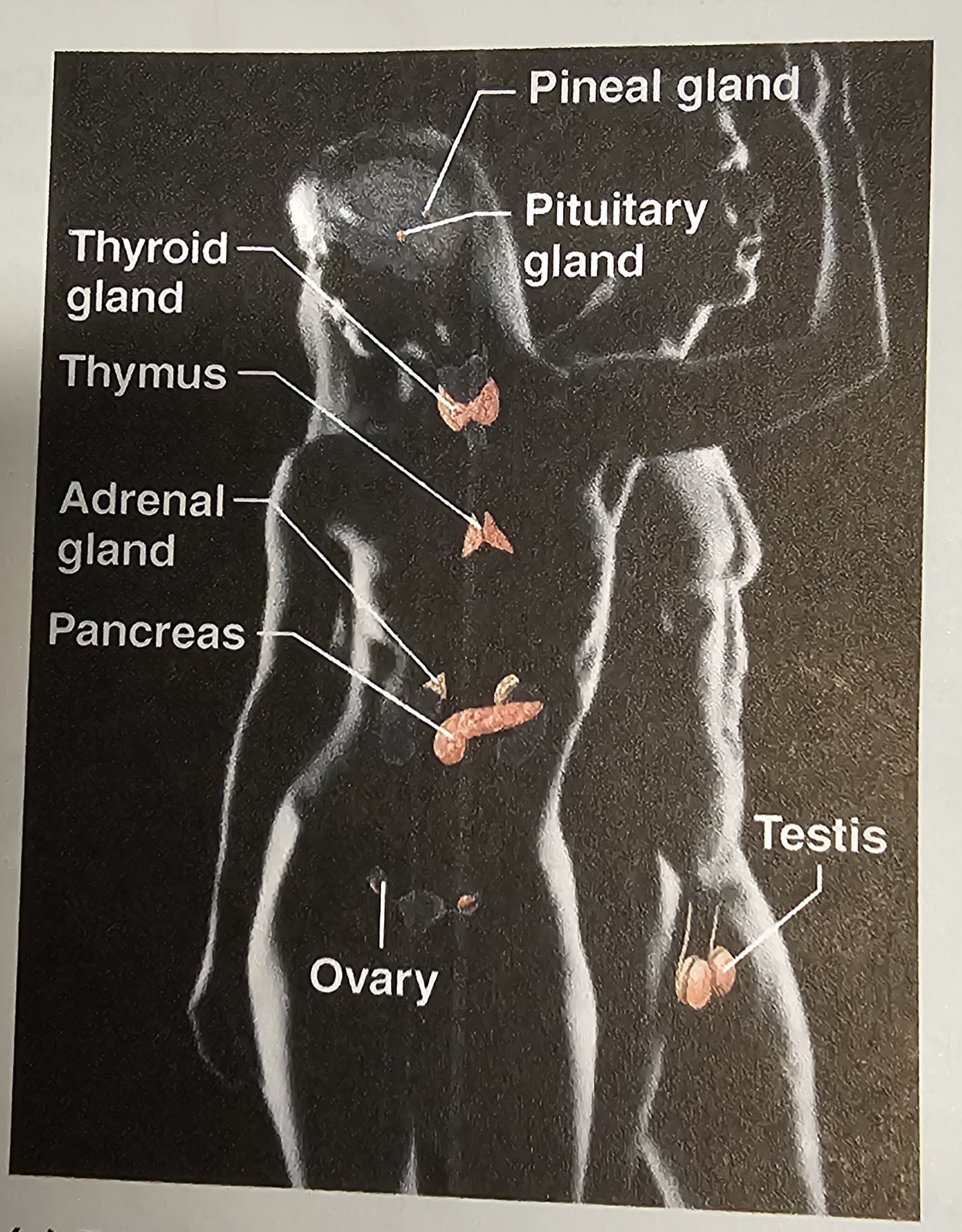
Which system is this?
Endocrine System
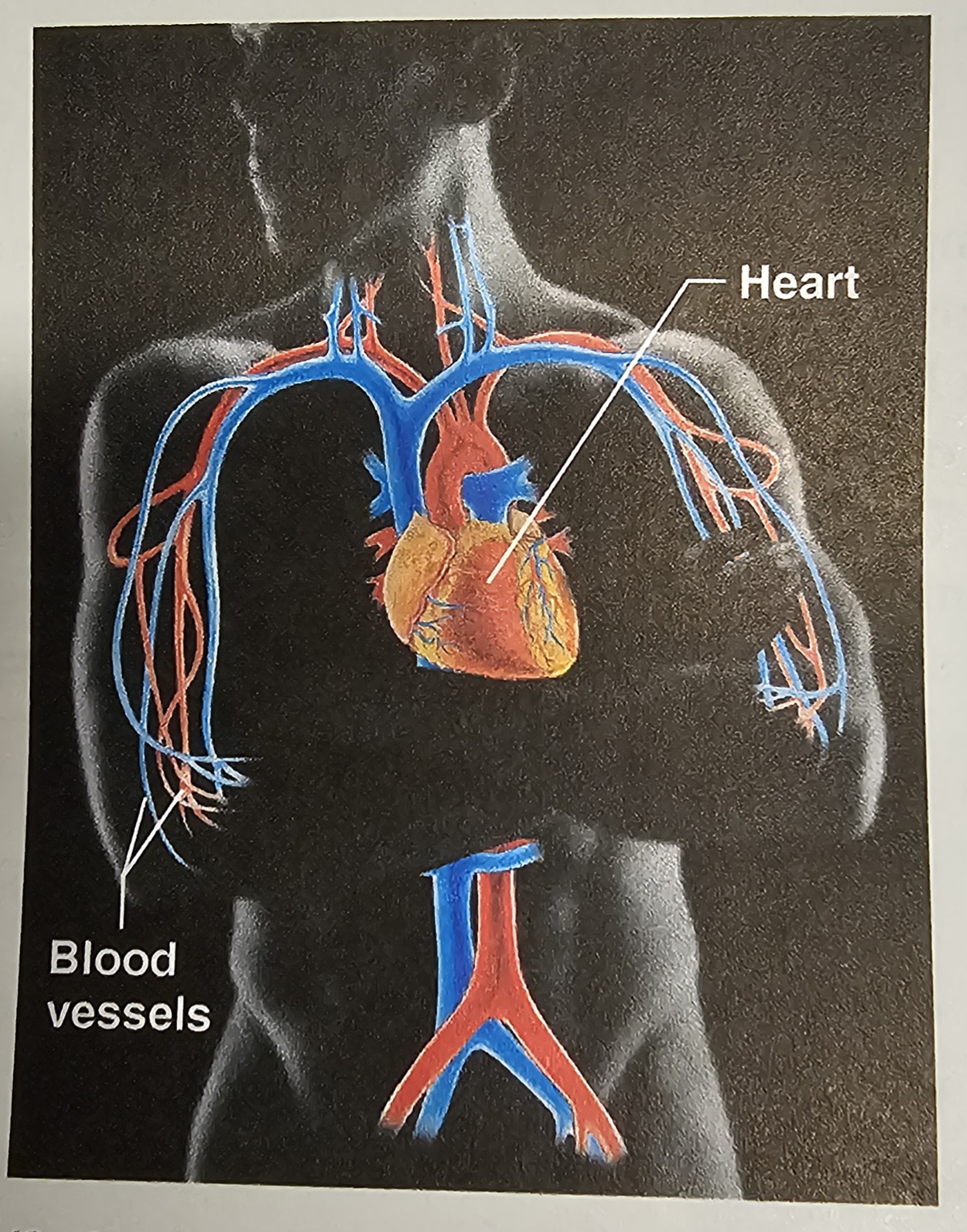
Which system is this?
Cardiovascular System
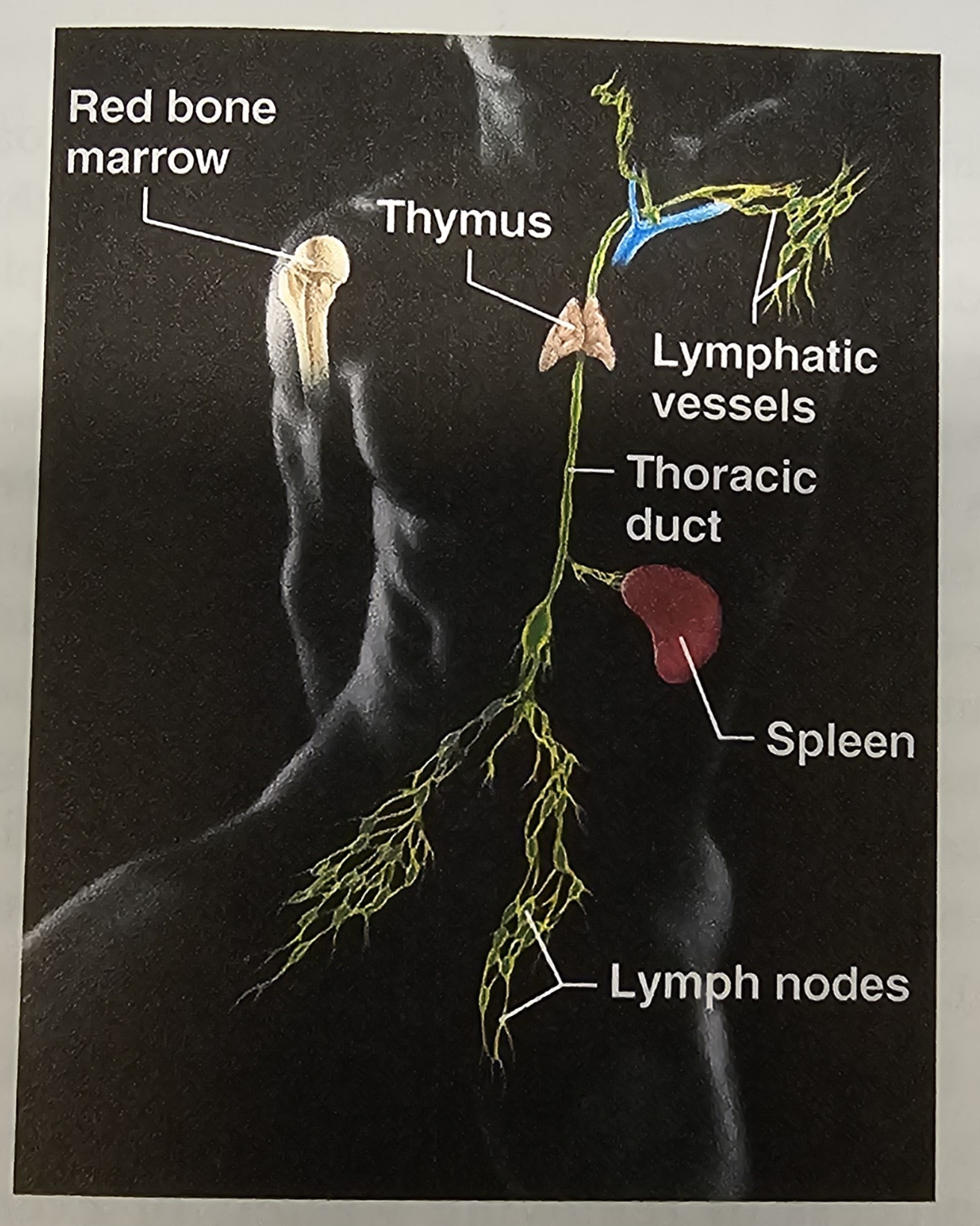
Which system is this?
Lymphatic System

Which system is this?
Respiratory System
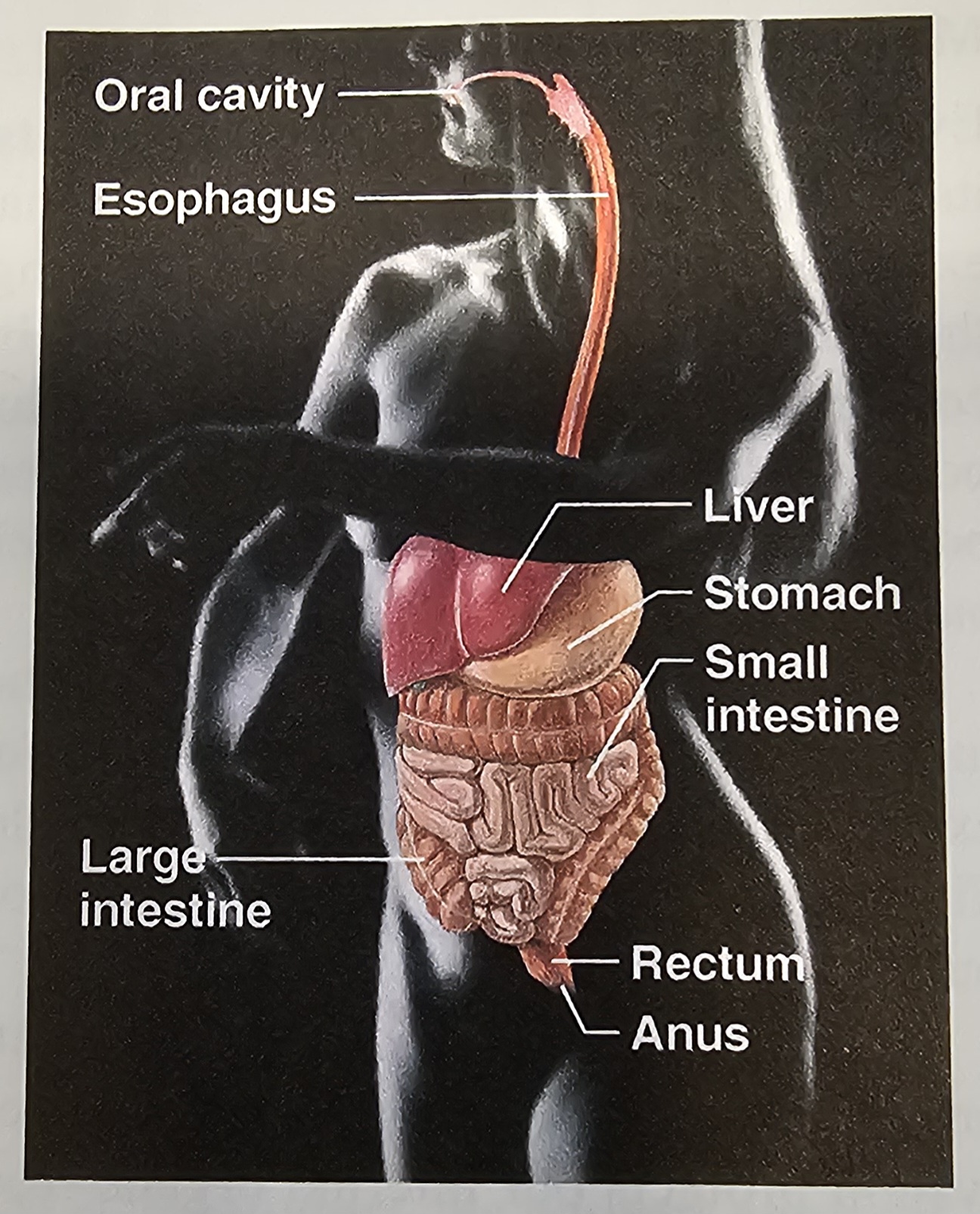
Which system is this?
Digestive System
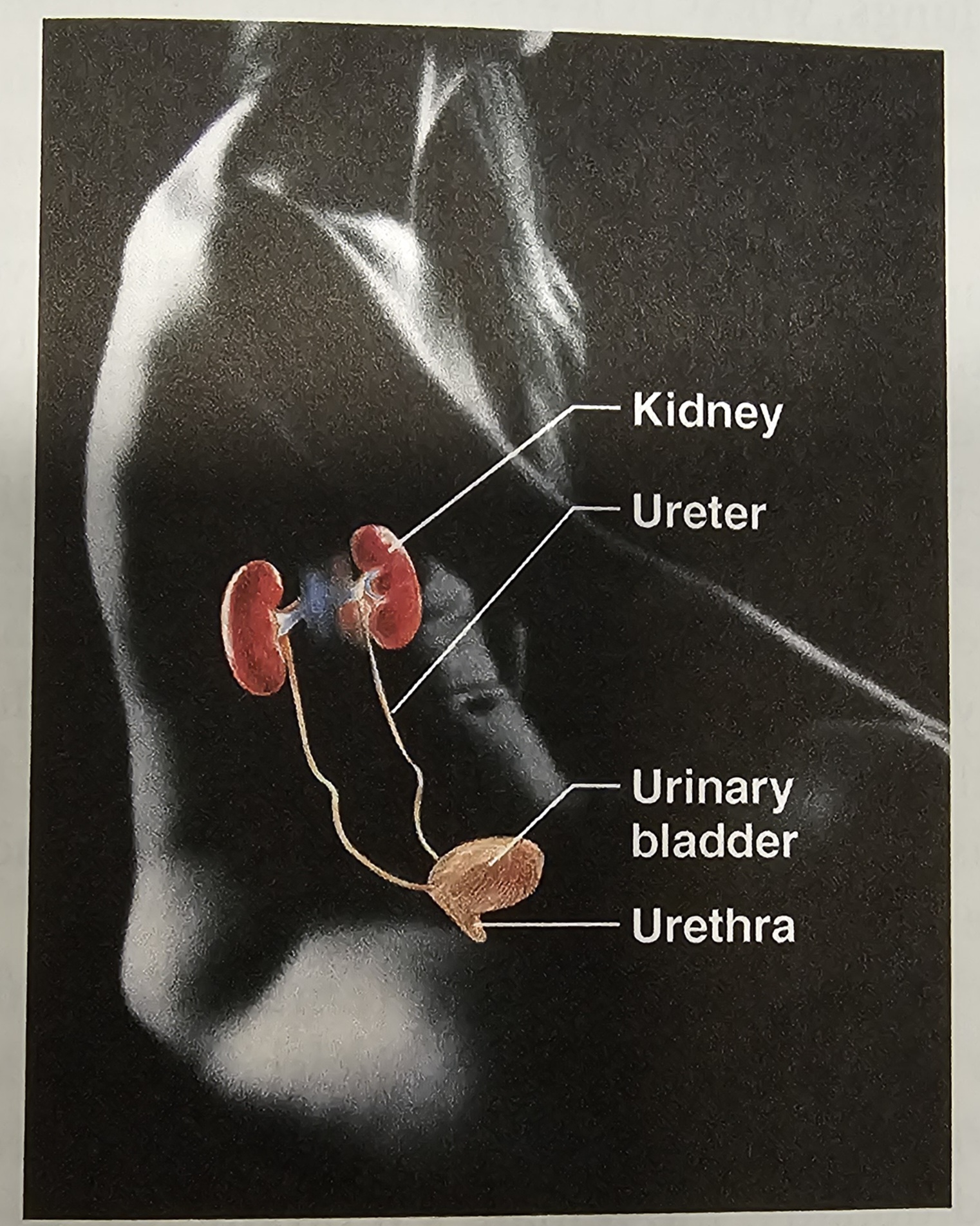
Which system is this?
Urinary System
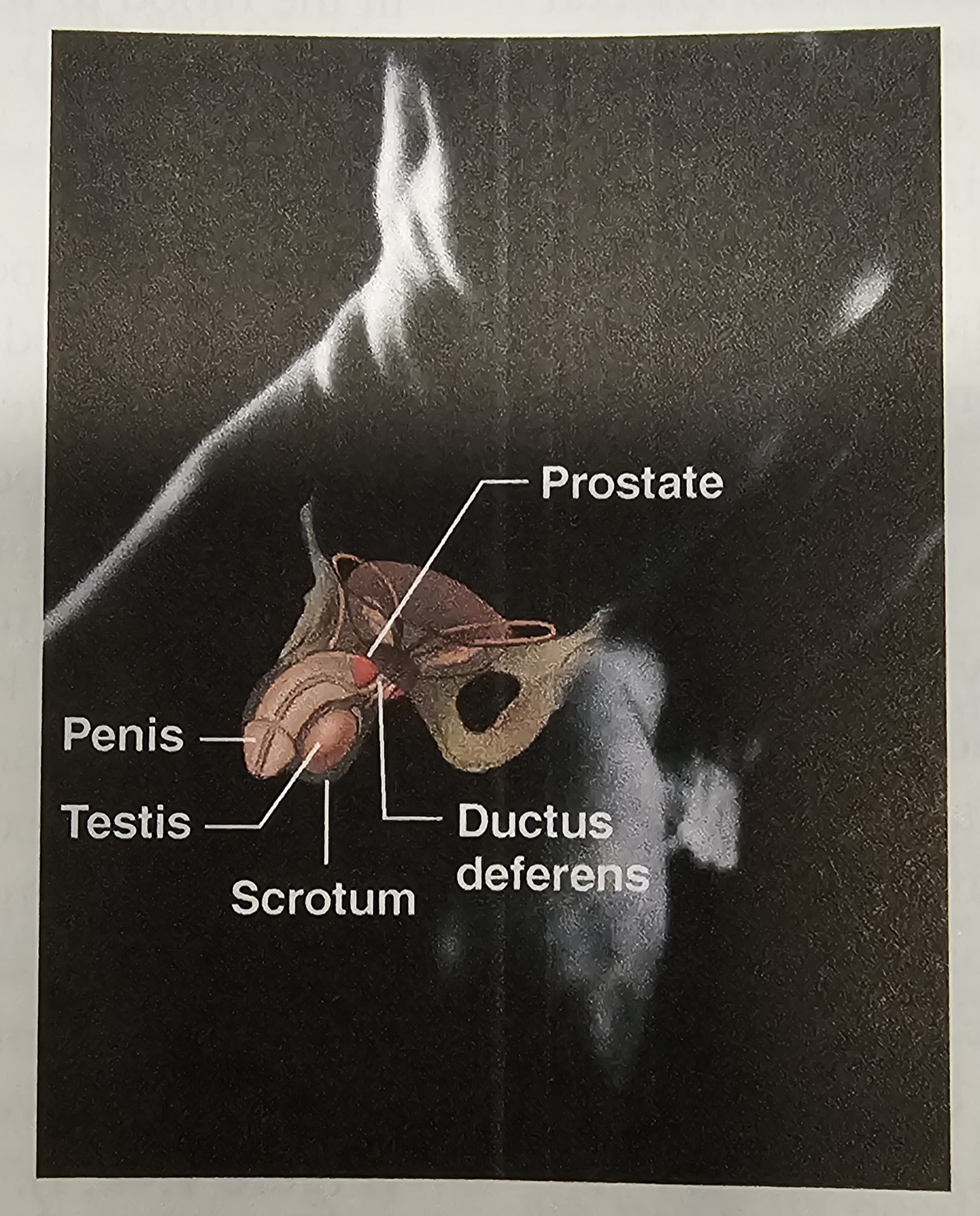
Which system is this?
Reproductive System
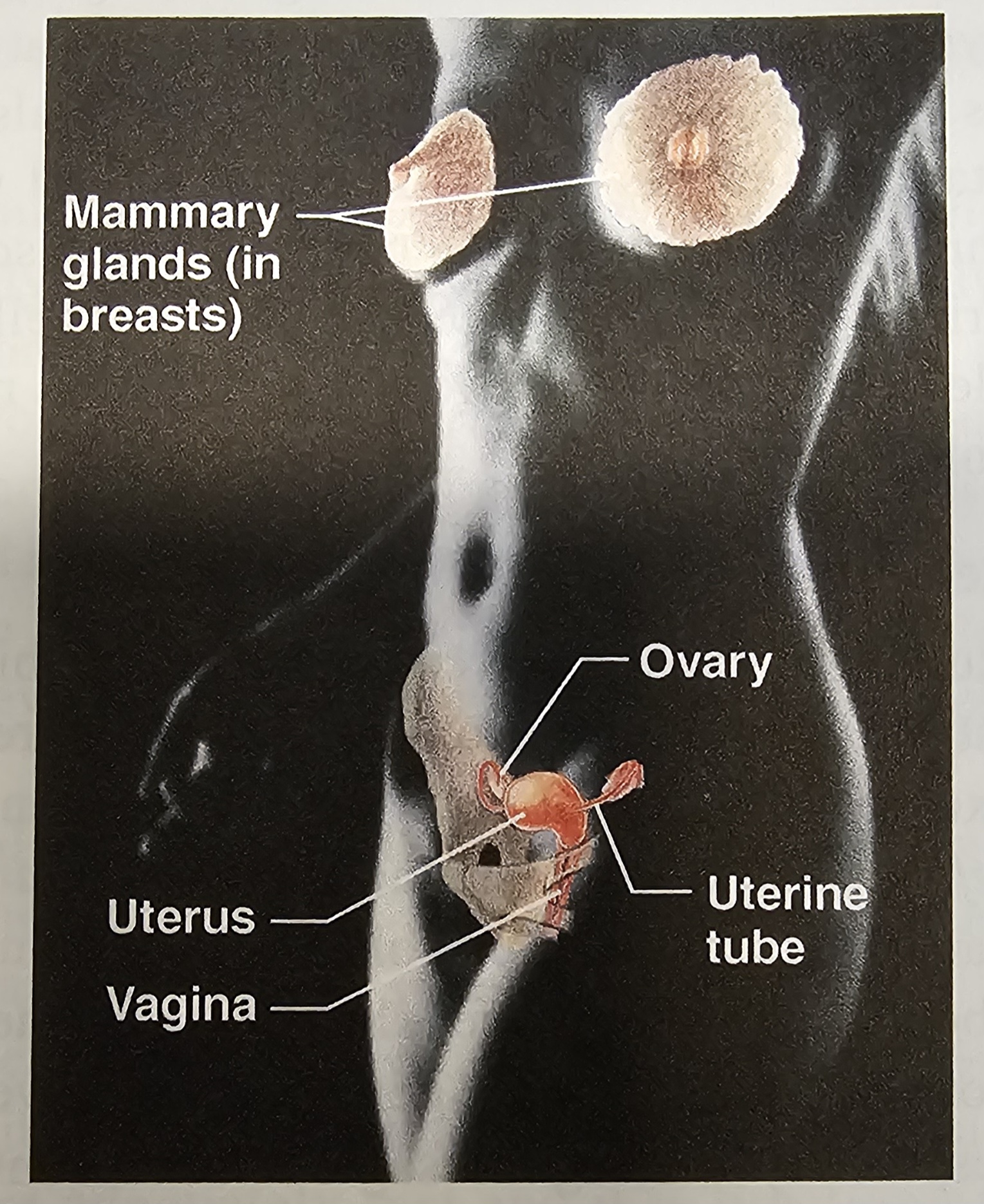
Which organs are found in the Respiratory System?
nose, mouth, paranasal sinuses, pharynx, larynx, trachea, bronchi, lungs and thoracic diaphragm

Which organs are found in the Digestive System?
teeth, tongue, salivary glands, esophagus, stomach, liver, gallbladder, pancreas, small intestine, large intestine, rectum and anus

Which organs are found in the Circulatory System?
blood, heart, arteries, veins and capillaries
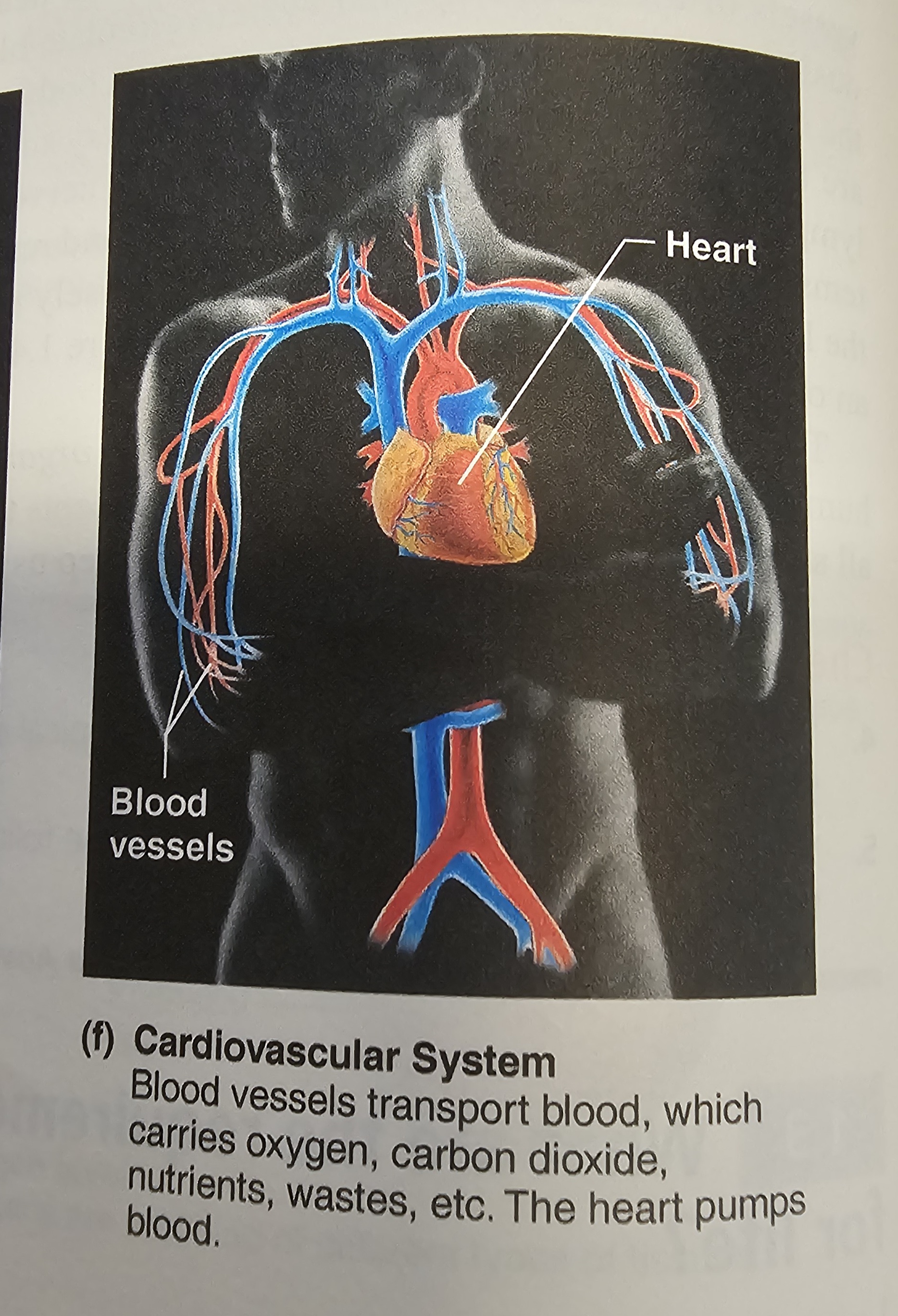
Which organs are found in the Urinary System?
kidneys, ureters, bladder and urethra
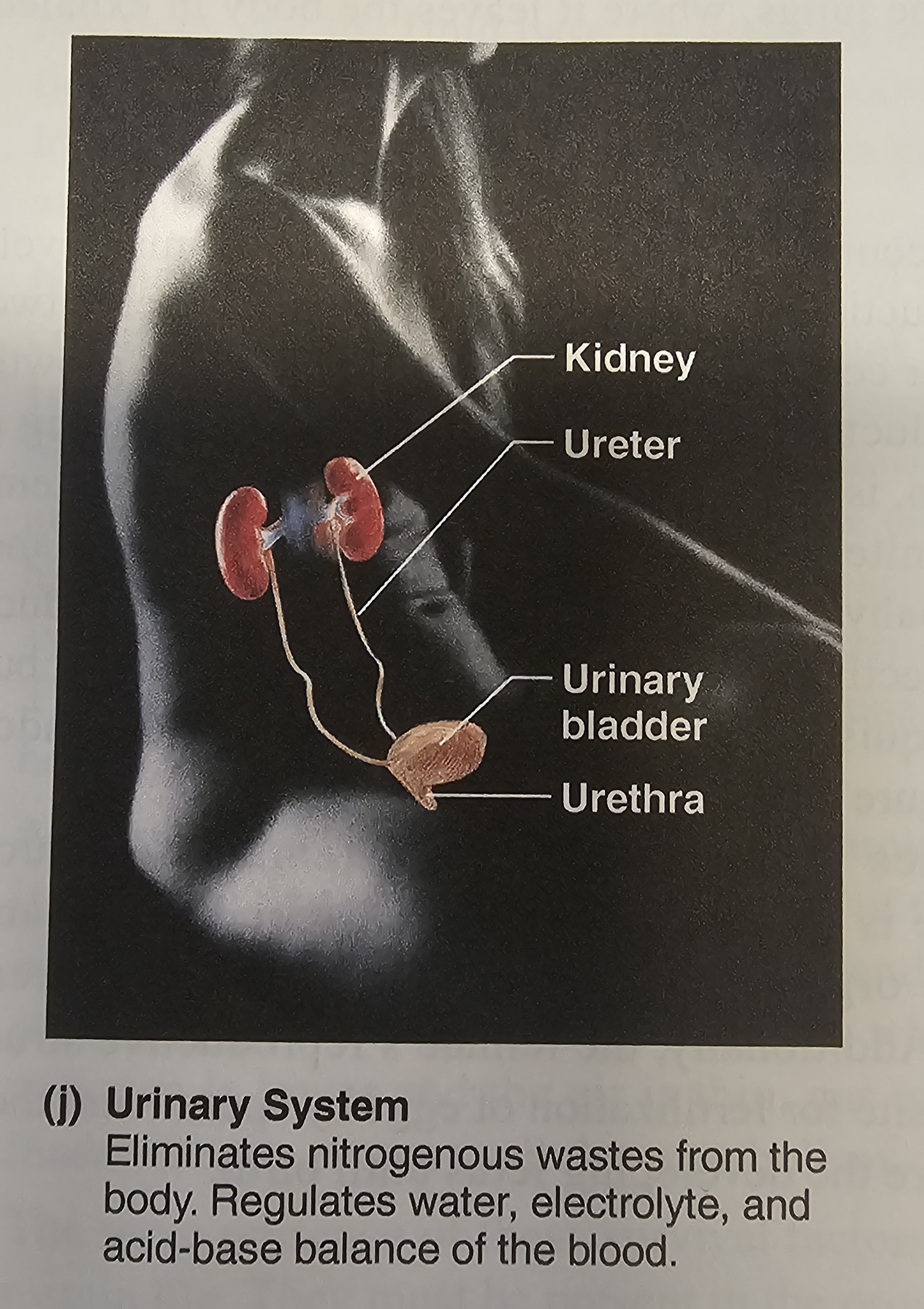
Which organs are found in the Integumentary System?
skin, hair, fat and nails

Which organs are found in the Skeletal System?
bones, cartilage, ligaments and tendons

Which organs are found in the Muscular System?
skeletal muscles, smooth muscles and cardiac muscle
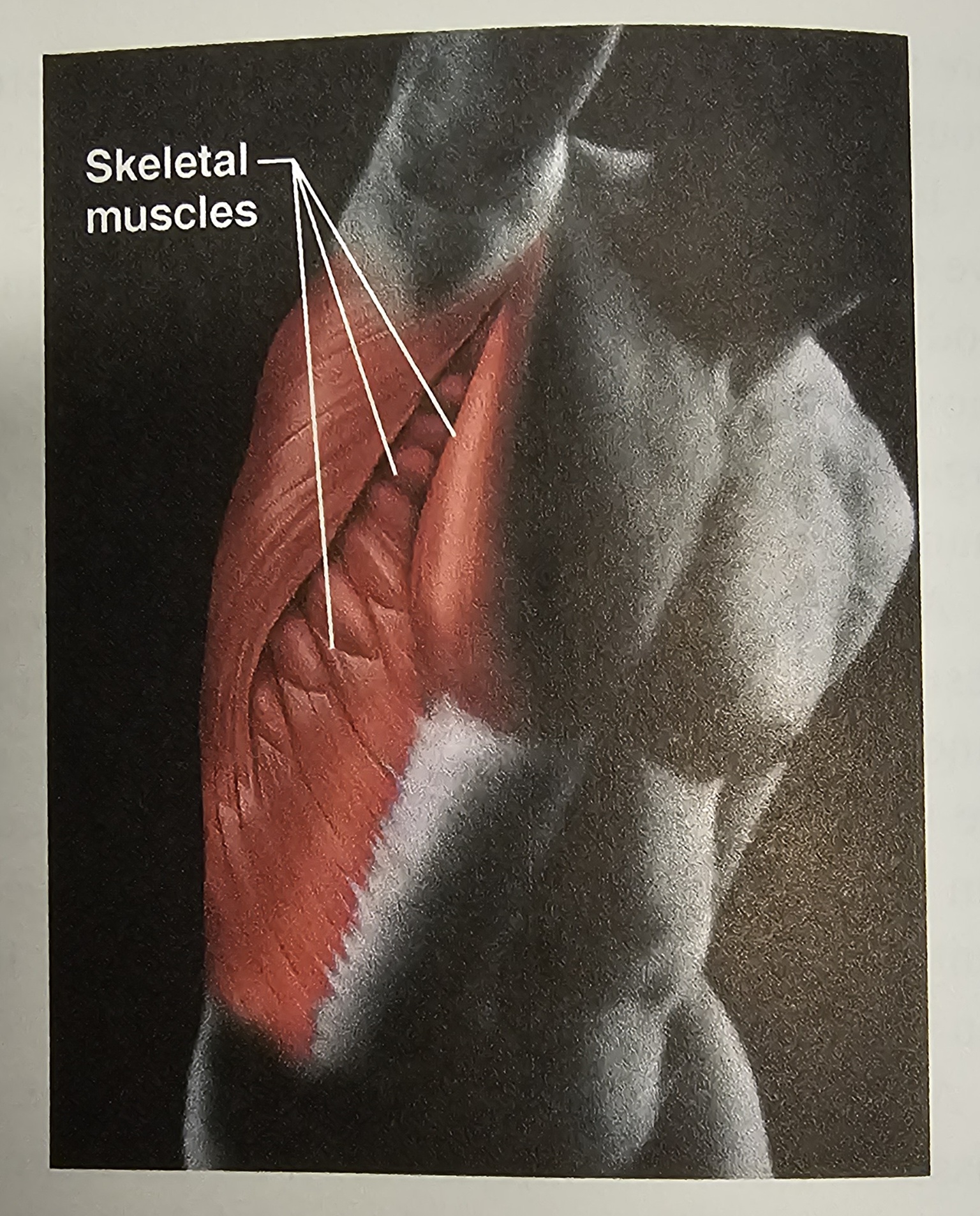
Which organs are found in the Endocrine System?
hypothalamus, pituitary, pineal gland, thyroid, parathyroid and adrenal glands, ovaries and testicles
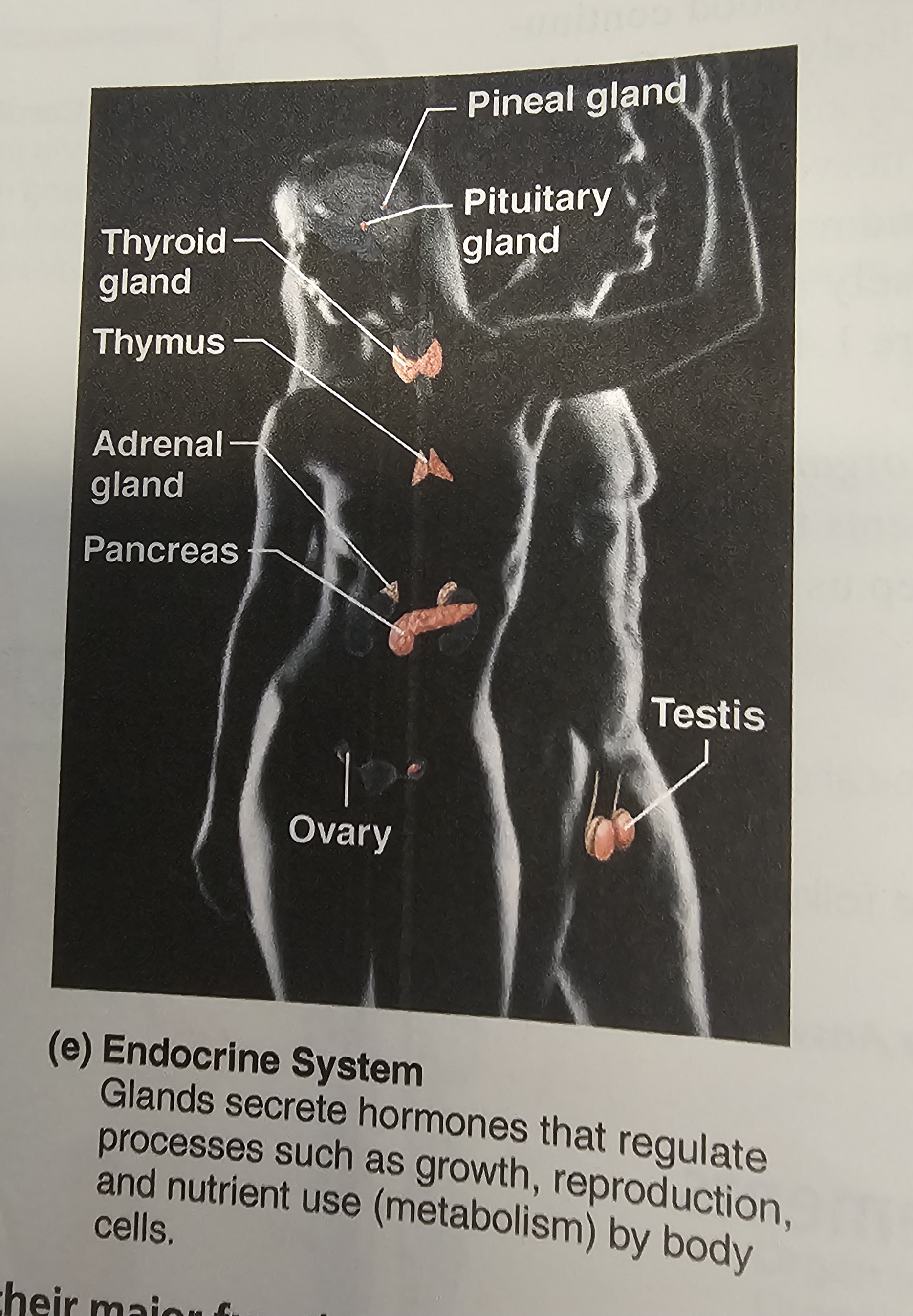
Which organs are found in the Lymphatic System?
lymph, lymph nodes, lymph vessels, tonsils, spleen and thymus

Which organs are found in the Nervous System?
brain, spinal cord, nerves, sensory organs and the following sensory systems (nervous subsystems): visual system, olfactory system, taste (gustatory system) and hearing (auditory system)
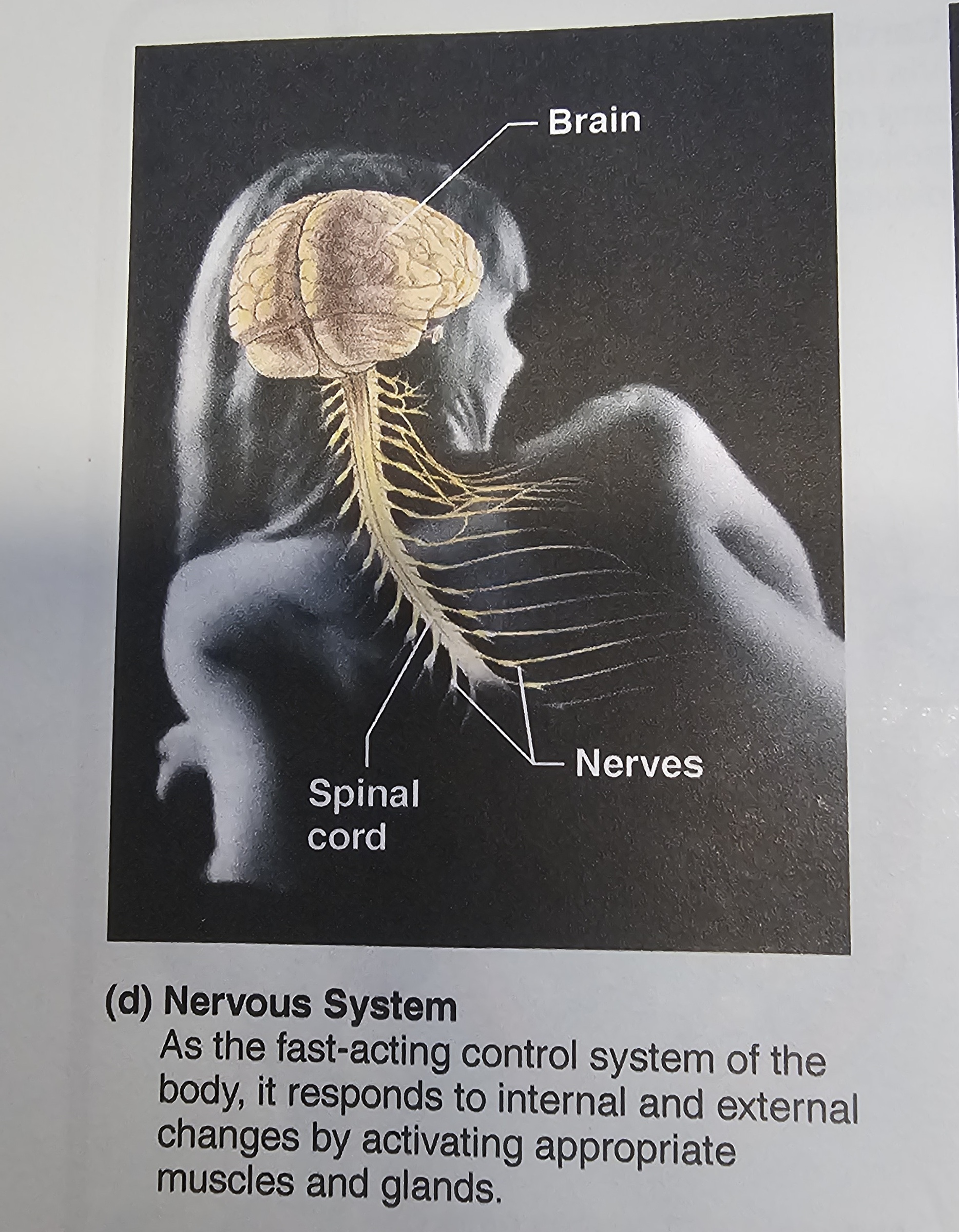
Which organs are found in the Reproductive System?
ovaries, fallopian tubes, uterus, vagina, vulva, penis, testicles, vasa deferentia, seminal vesicles and prostate
